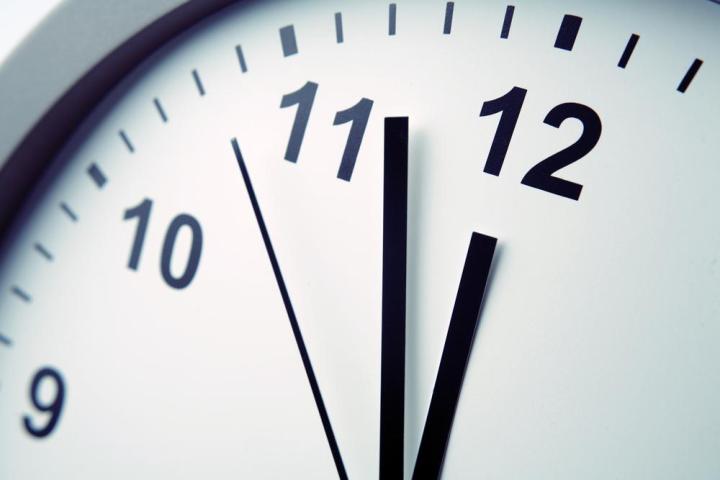
Updated on 7-11-2016 by Lulu Chang: Leap second to be added on December 31
So why is this necessary? Well as it turns out, the world runs on different standards of time. There’s actually a handful of different standards, but the main two are UT1 and UTC. UT1, or Universal Standard Time, is based on the average amount of time it takes Earth to complete one full rotation. UTC, on the other hand, or Coordinated Universal Time, is measured by atomic clocks.
According to UTC — the international standard on which all civil time is based — a single day is composed of exactly 86,400 SI seconds. But here’s the kicker — the Earth doesn’t always rotate at the same speed. Things like tidal friction, gravitational drag from the Moon, and the way the Earth’s crust moves relative to its core create tiny changes in the planet’s rotational speed. So essentially, these irregularities mean that, over time, UT1 and UTC tend to drift apart.
To reconcile this issue and ensure that the two different time standards always remain in sync, scientists occasionally add or subtract an additional second — a leap second — to get things back on track. This system of correction was implemented in 1972, and since then we’ve added 25 leap seconds to UTC. December 31 will be number 27.
Now here’s where things get tricky. Whereas leap years are fairly predictable, leap seconds are added sporadically. Changes in the Earth’s rotational speed are extremely irregular and unpredictable, so there’s no easy way to prepare for them — we just do it when we need to, whenever the difference between UTC and UT1 approaches 0.9 seconds.
This is a problem for computers. When you add an extra second to the clock, it can screw everything up. The powers that be need to make sure that NTP, or Network Time Protocol, which is used by computer systems, meshes with Coordinated Universal Time — otherwise systems run the risk of crashing.
When a last leap second was added in 2012, Mozilla, Reddit, Foursquare, Yelp, LinkedIn, and StumbleUpon all reported crashes. In Australia, more than 400 flights were grounded as the Qantas check-in system went down. Thankfully all this chaos happened on a weekend, so stock markets weren’t affected — which, luckily, will also be the case for the coming leap second.
To prepare for the leap, timekeepers essentially have three options. They can adjust their clocks to:
- Stop for a second
- Take a tick backward
- Slice up the leap second and spread it around in fractions
The latter option, which is often referred to as “leap smear” is the most common method. Companies like Google and Amazon used it back in 2012, and many stock exchanges around the globe will smear the leap second over a period of two hours before markets open, so everything will be synchronized at the exact moments that exchanges open.
But if you just don’t want 2016 to end, rest assured that it’ll last a second longer than you think.



